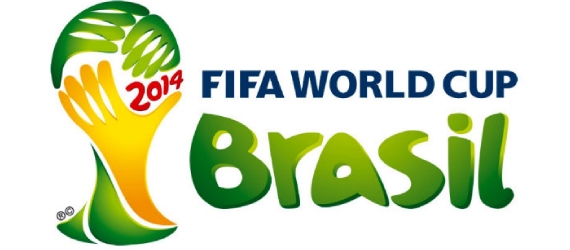
I attended a Londonlovesbusiness.com roundtable event recently, and amid the debate were some interesting views on how best to attract and retain talent within technology, media and telecoms (aka, TMT).
Some attendees admitted a desire to move their businesses out of London – declaring its talent pool too costly and too shallow. And, yet, I would argue that London is home to some of the best talent in the UK – with more opportunity for employers to motivate and retain staff than anywhere else in the country.
Meanwhile there’s a growing trend among leading companies to use counter-intuitive methods to motivate and engage staff. Take Amazon, for example. Last month we saw the company launch a new programme where it offered its own employees thousands of pounds to leave the company – with the brand’s US CEO, Jeff Bezos, calling it a tactic to ensure they really wanted to work there.
This is just one recent example of how leading companies are using counter-intuitive methods to retain and motivate their staff.
Here are five other innovative methods to retain and attract top talent to your business.
1.Promote health and fitness
In today’s technology-obsessed world, it’s important to encourage employees to step away from their computers from time and time and focus on their health and well-being. Offer private sessions at the office with personal trainers, or even individual boot camps sessions during office hours. These methods, along with free gym memberships, are just the ticket to motivating and engaging employees.
Another way to engage staff is to arrange free one-on-one sessions with nutritionists who can provide advice on how to lead healthier lifestyles. And instead of treating the office with pizzas and pastries, why not offer healthier snacks that incorporate gluten-free and are lower fat?
2.Holidays and travel
Travel is a major appeal for lots of people. And offering the chance to board a plane and see some of the world is a great way to engage your staff with their work and your business.
You can do this by offering holidays for staff who hit targets, or by running company competitions with the chance to travel to an exotic location as the prize. In fact, the US software company, Full Contact, has gone so far as to pay its staff an extra £4,460 to take holidays. And if the time isn’t taken? The employee doesn’t receive the money.
3.The Google Approach
In true Google fashion, the internet giant aims to strip away everything that gets in the way of its employees enjoying their work, and the brand’s package of fringe benefits is impressive. Each office around the world offers gyms, dry cleaning services and laundry rooms, haircuts, first-rate dining facilities and even carwashes.
As Google’s CEO Eric Schmitt put it: “Let’s face it, programmers want to program, they don’t want to do their laundry. So we make it easy for them to do both.”
4.Flexible working
It’s widely acknowledged that employees are motivated by flexible working hours. Talent can be retained and motivated by developing a culture where work fits around the personal lives of employees. Offering staff the chance to start late, finish early, change days, work from home, take time out to sing in a choir, work in a hospice, study and so on, is proven to have positive results when it comes to employee relations.
Flexible working not only motivates employees, but also offers them a chance to escape the stresses of the office and give something back to enrich their personal lives.
5.iPads and iPhones
Supplying employees with top of the range technology like iPads and iPhones helps keep all of those tech aficionados out there interested in your business. It also offers people the chance to keep in touch with their working environment, social media channels and news outlets. On a more practical level these gadgets allow employees the opportunity to interconnect their documents, take meeting notes and research at the touch of a button.
Read the full article at http://www.londonlovesbusiness.com/business-in-london/management/-5-ways-to-motivate-and-retain-staff-that-might-surprise-you/8128.article


